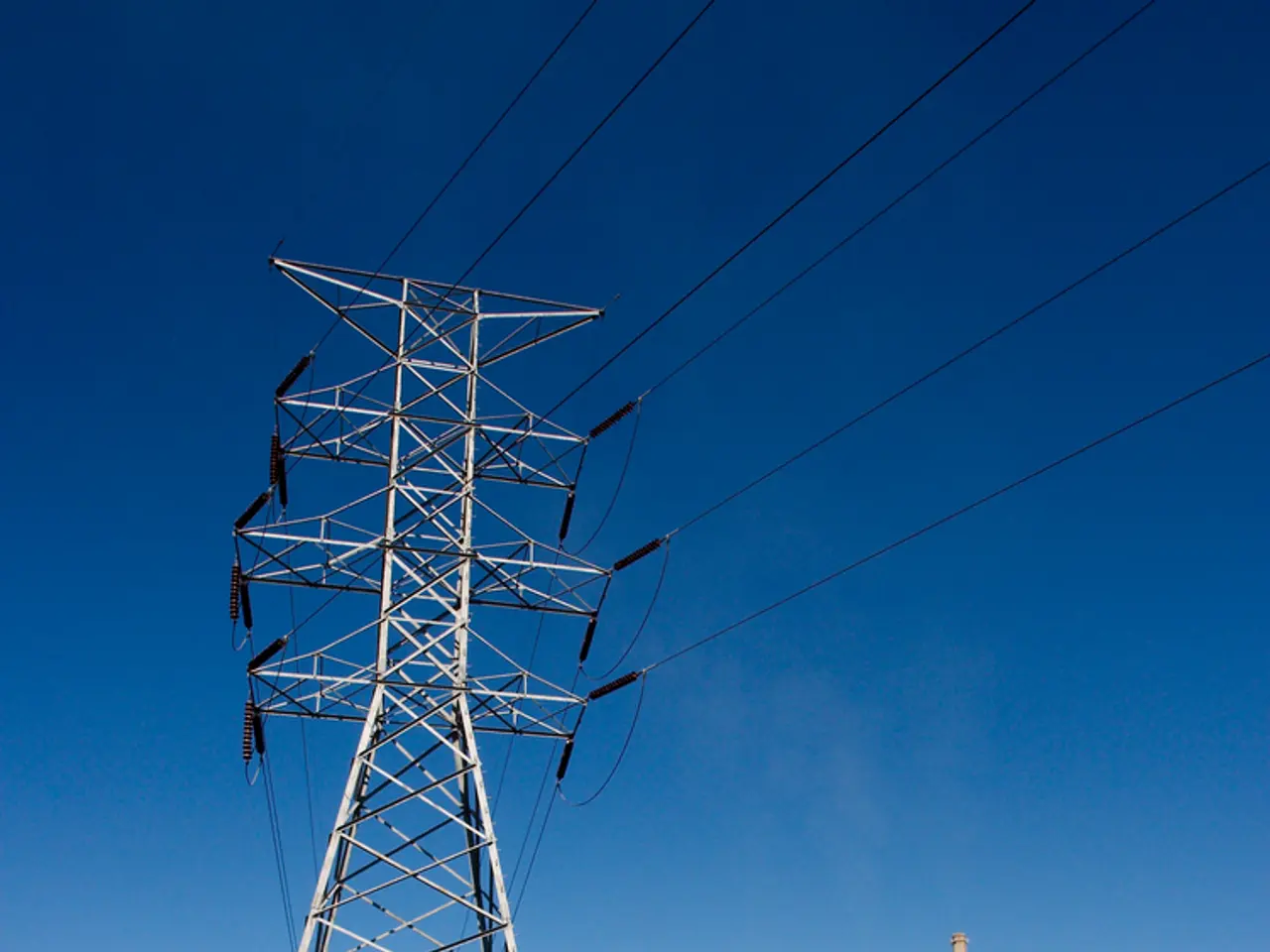The Imperial Importance of Power Grids for Corporations' Strategies
In a bid to ensure energy independence and secure the national power supply, U.S. businesses and policymakers are focusing on modernizing and expanding the electric grid infrastructure, diversifying energy sources, and adopting advanced grid technologies.
Key strategic steps include accelerating transmission infrastructure buildout to address congestion and deliver renewable energy generated in remote locations to population centers efficiently. This involves expanding high-voltage transmission lines and integrating grid-enhancing technologies (GETs) that quickly unlock grid capacity without long lead times or excessive costs.
Another crucial aspect is improving resource adequacy through an “all of the above” energy approach. This balanced strategy ensures a mix of dispatchable resources like natural gas, nuclear, and coal with variable renewable sources such as wind and solar, alongside demand response and distributed energy resources (DERs). This pluralistic approach is essential to maintain grid reliability amid rising electricity demand and the increasing share of inverter-based renewables that can be less stable during disturbances.
Streamlining regulatory and permitting processes is also vital to speed up energy infrastructure projects, including renewables and fossil fuel development, while supporting advanced technologies like nuclear power. Policymakers should reform burdensome regulations and reduce approval timelines to unleash domestic energy production and meet growing energy demands driven by reshoring manufacturing, AI, and data centers.
Investing in grid resilience and security is equally important. This includes computerized modeling and simulation tools to enhance planning and ensure reliability during extreme weather or other disruptions, supporting the Department of Defense’s energy resilience strategies.
Communications leaders have a vital role in elevating U.S. energy independence as a strategic priority by educating stakeholders, advocating for domestic infrastructure, and building strong partnerships with policymakers and industry peers. However, companies producing grid-enhancing technologies often struggle to communicate the value of these technologies to utilities.
The push to reshore manufacturing faces a fundamental obstacle: the lack of reliable electricity due to the stretched grid and long waits for connections. The Department of Energy has warned that America lacks the supply chain for true energy independence. In response, the Department has called for a comprehensive strategy to scale, stabilize, and secure the grid within a decade.
America's grid is the backbone of the economy and national security, and communications can play a crucial role in treating power as a critical economic asset. However, a growing concern is China's ability to disrupt America's supply of grid materials due to rising geopolitical tensions.
Shaun Walsh, the CMO at Peak Nano, a company specializing in grid-enhancing technologies, emphasizes the importance of these strategies. During demand spikes and extreme weather conditions, major grid components like power capacitors can overheat, leading to blackouts. Grid-enhancing technologies can help mitigate these risks, ensuring a more robust, flexible, and secure grid capable of supporting energy independence and national security goals while accommodating growing and changing electricity demands.
Sources:
[1] Modernizing the Grid: A Roadmap for America. (2020). National Electricity Transmission Owners Association. [2] Grid Modernization: A Review of the State of the Art. (2019). National Renewable Energy Laboratory. [3] Streamlining the Permitting Process for Energy Infrastructure. (2021). Energy Policy Institute at the University of Chicago. [4] The Role of Distributed Energy Resources in Grid Reliability. (2020). U.S. Department of Energy. [5] Enhancing Grid Resilience and Security. (2021). U.S. Department of Energy.
Shaun Walsh, the CMO at Peak Nano, underscores the significance of grid-enhancing technologies in addressing major grid components' risks of overheating during demand spikes and extreme weather conditions, preserving a robust, flexible, and secure grid that aligns with energy independence and national security objectives while catering to growing and evolving electricity demands. In the context of modernizing and expanding the electric grid infrastructure, policymakers and the industry, particularly finance and technology sectors, should consider the advantages of integrating these grid-enhancing technologies to secure the national power supply and foster energy independence.








